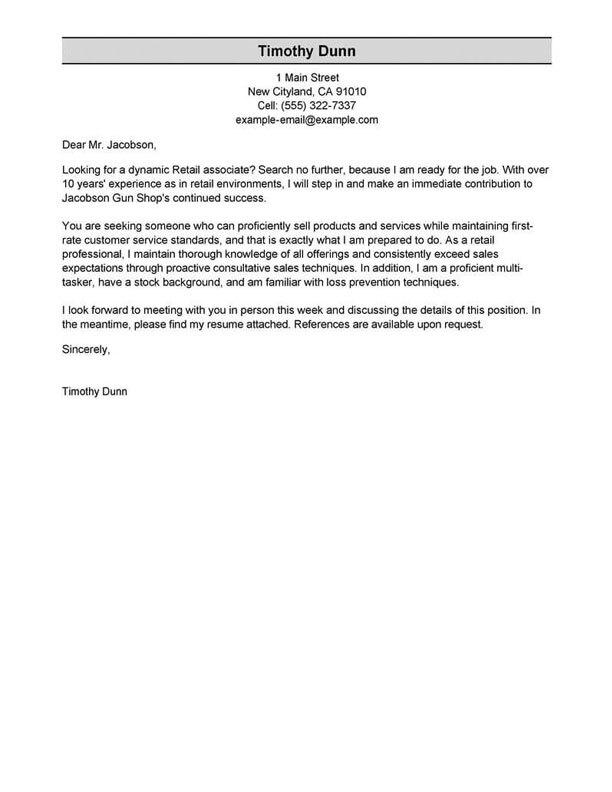TABLE OF CONTENTS
Pharmacy Technician resume
summary examples
Most hiring managers only do a seven-second scan of your resume. If they don’t see what they’re looking for in your professional summary, they’re probably skipping to the next person.
A professional summary is a two-to-three-sentence paragraph that sells your top achievements as a Pharmacy Technician and best qualifications for the job at hand.
Recent grads, career-changers and those without much work experience would be better served by writing an objective statement which mentions your goals for a position and the skills that you do have.
Below, we’ll share examples of Pharmacy Technician professional summaries for different job candidates.
Good example:
“I am a highly organized and detail-oriented Pharmacy Technician with 5+ years of experience in retail and hospital settings. I possess a deep understanding of medication distribution processes, including inventory management, prescription filling, and customer service. My commitment to accuracy and efficiency has enabled me to provide excellent patient care and increase customer satisfaction.”
Why this example passes:
- Feature candidate’s success statistic to grab attention. Numbers add detail about how big the results you deliver are, e.g., test scores, passing rate and more.
- Shows career length, 11 years.
- Mentions employer-desired skills: student motivation and interactive lessons.
Bad example:
“ Experienced Pharmacy Technician with excellent customer service skills. Knowledgeable in pharmacy operations and procedures. Committed to providing quality service and patient care.”
Why this example fails:
- Doesn’t include any numbers that quantify pharmacy technician’s performance
- Uses vague descriptions and skills.
- Doesn’t include years of teaching experience.
The fastest way to write your
professional summary
If you want an edge writing to help write your professional summary, check out our Resume Builder. It features pre-written content for Pharmacy Technician roles that you can select from, personalize and use!
- 1
Enter the details about the job title you held. The builder comes preloaded with auto-suggested phrasing written by resume experts.
- 2
Then, just pick from these suggested phrases that best frame your experience and customize them to your liking!
- 3
All you have to do is choose the summary phrases that best frame your experience. It’s like having a professional do it for you!
Our Builder is the quickest and easiest tool for writing a stellar Pharmacy Technician resume. However, you can also dive deeper with our professional resume-writing services. Take advantage of all the tools LiveCareer offers and start landing interviews!
The reviews are in!
See what they’re saying about us on Trustpilot.
Pharmacy Technician resume work
experience examples
One of the most fundamental sections of your resume is the work experience. Including skills and accomplishments in your work experience section relevant to your Pharmacy Technician role is critical to writing a resume. Compare these work experience examples to understand what information to include to make a job-winning resume.
Good example:
Rolling Meadows Middle School I Rolling Meadows, IL I 8/2018-current
- Accurately filled over 500 prescriptions per day with 100% accuracy
- Managed inventory of over 200 medications and ensured stock levels were maintained
- Collaborated with pharmacists to provide quality patient care and education
- Trained new technicians on proper pharmacy operations and procedures.
Why this example passes:
- Numbers and statistics add detail and quantify the results this pharmacy technician delivers: 4% improvement and a class size of 20-25.
- Good use of strong words and active language.
- References specialized value cahier provides with “individualized lesson plans.”
Bad example:
Emily Dickinson Elementary I Redmond, WA I 4/2022-present
- Answered phone calls and took messages
- Assisted customers with their medication needs
- Stocked shelves
- Worked the cash register
Why this example fails:
- Lacks numbers or statistics.
- Describes general tasks, not teaching achievements or career highlights.
- Uses active verbs, but doesn’t focus on results.
Pharmacy Technician resume skills examples
Here are 18 sample skills for pharmacy technician:
- Assisting pharmacists
- Supply Restocking
- Regulatory Compliance
- Insurance Verification
- Team Collaboration
- Workflow Optimization
- Operations Support
- Staff Development
- Order Verification
- Drug Inventory Management
- Medication Dispensing
- Insurance Billing
- Drug Inventory Control
- Aseptic Techniques
- Prescription Filling
- New Hire Onboarding
- Patient confidentiality
- Billing support
You should sprinkle skills and abilities throughout your resume. Include them in your professional summary, work experience blurbs and a dedicated skills section.
Examples of additional resume sections
Every Pharmacy Technician resume should have at least five sections: contact information, professional summary, work experience, skills and education. It can also be helpful to add extra sections if they show you’re a fit for the job.
Here are some examples of optional pharmacy technician resume sections that you could add to provide greater detail:
- References
- Certifications
- Additional skills
- Languages
- Professional skills
- Soft skills
- Photo
- Overview
Only include additional sections that feature valuable information for your desired Pharmacy Technician job. If the information you want to add is irrelevant to the job, save that space for more relevant information.
How to choose a resume format
0-3
Years of experience
Functional formats
- Focus on skills.
- Best for first-time pharmacy technician who lack work experience.
- Good for people re-entering workforce.
- May omit dates in the work history section.
Organization:
- Skills listed above work experience.
3-10
Years of experience
Combination formats
- Balance skills and work history.
- Ideal for mid-career pharmacy technician.
- Suitable for career changers and people seeking promotion.
Organization:
- Skills next to or above work experience.
10+
Years of experience
Chronological formats
- Put the most focus on work history.
- Best for pharmacy technician with a long, steady career.
- Most popular format.
- Preferred by recruiters.
Organization:
- Work experience listed above skills.
More Pharmacy Technician resume examples
Featured in:*

*The names and logos of the companies referred to in this page are all trademarks of their respective holders. Unless specifically stated otherwise, such references are not intended to imply any affiliation or association with LiveCareer.





